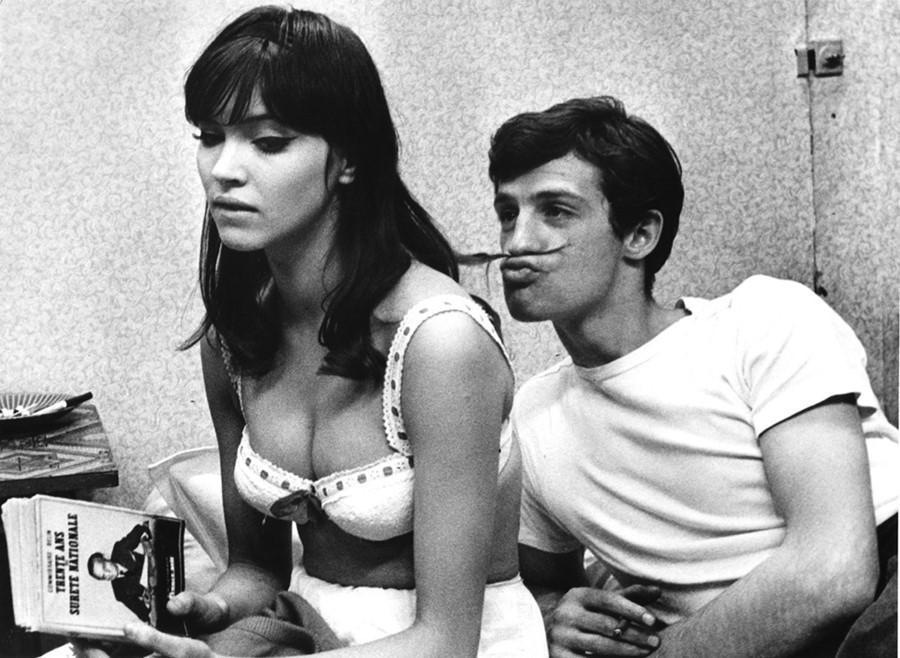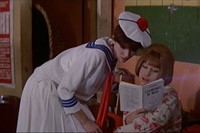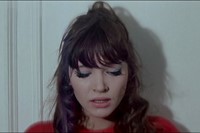Jean-Luc Godard's iconic masterclass in mischief and emotion
Une Femme Est Une Femme – Jean-Luc Godard’s first venture in colour – perfectly captures the spirit of French New Wave cinema. The movement, pioneered in the late 50s and early 60s, rejected popular cinematic formats, seeking out new and alternative subject matters; it frequently touched upon social issues, while embracing a youthful spirit and experimental approach to form.
Godard’s 1961 masterpiece features his long-term muse, a playful Anna Karina, whom he married during the film’s production. The story focuses on the relationship between Karina’s character Angéla, a strong willed exotic dancer who is desperate for a child, and her unwilling lover Émile, who isn’t so keen on the idea. Throughout the film, Angela shines through as a woman of great conviction and courage in what is a remarkable study of female independence in 1960s France. Here we look at some of her best moments, and what we can learn from them.
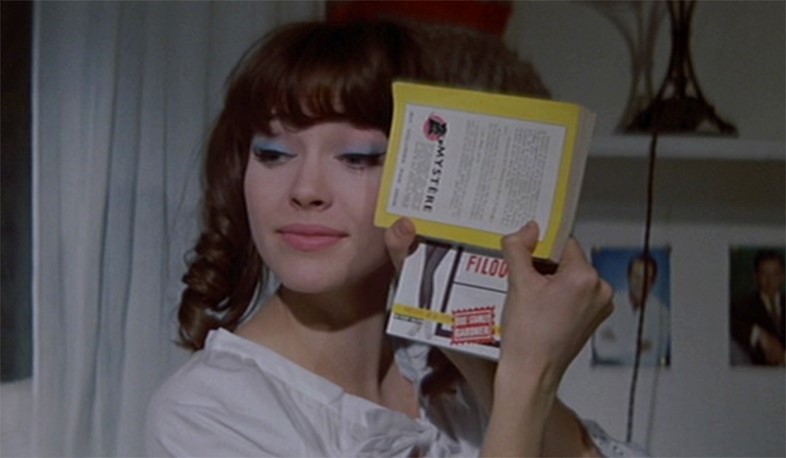
1. Knowledge is power
After deciding to not speak to each other in an argument, Angéla and Émile use books to communicate. They adapt titles in an intensely physical way so that they can continue their argument in silence. This enables Angéla to display her wonderful collection of novels, at the same time demonstrating her ability to think up witty quips on demand. Among some of the most memorable insults exchanged are “sardine”, and the more sinister, “all women to the firing squad”. Angéla knows that knowledge is power and she is not afraid to be creative and unconventional.
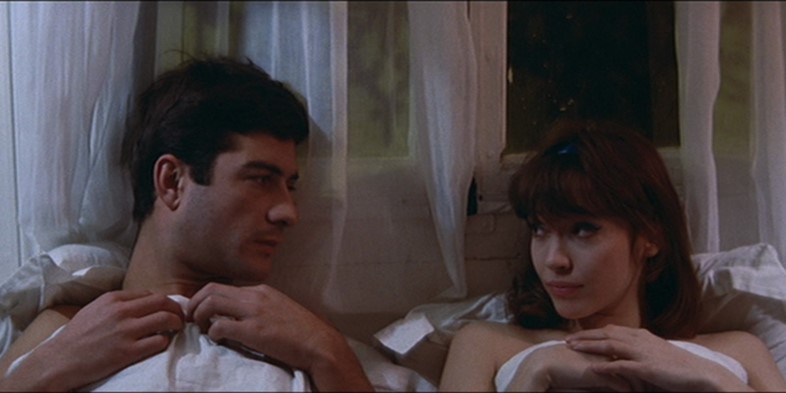
2. Question the world
One of Angéla’s most defining qualities is her inquisitive nature; through the questions she asks, we are introduced to the film’s wider themes around identity, reality and truth. She questions everything from herself (“And me? What am I?” she muses at her own reflection), to Émile (“Why are you looking at me like that?”) to life’s inequalities (“Why is it women who always suffer?”). She doesn’t accept that the words of others unless they can be supported by actions, and by questioning herself she becomes progressive and knowledgeable.

3. Don’t be afraid to cry
“There’s nothing is more beautiful than a woman in tears. We should boycott women who don’t cry,” Angéla exclaims in response to Émile’s declaration that women in tears are ugly. Angéla, while strong, admits her fallibility when things don’t go her way, a quality that gives weight to her character. She proves powerful emotions are not a weakness, and that honesty and openness are true sources of beauty.
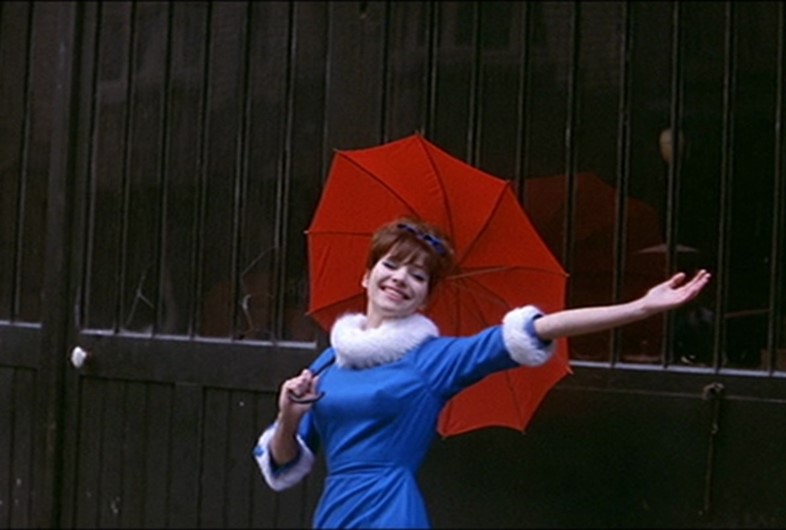
4. Express yourself through colour
Red is the colour of extremes; of passionate love, seduction, fire and blood; of energy and primal life forces. Angéla wears red throughout the film, carrying a scarlett umbrella in her everyday life, while also using the colour to punctuate her various costumes at work. She has a signature style – think berets, tartan and a vibrant taste in tights – that perfectly expresses her character, and her particular penchant for red is a testament to her theatricality and spiritedness.
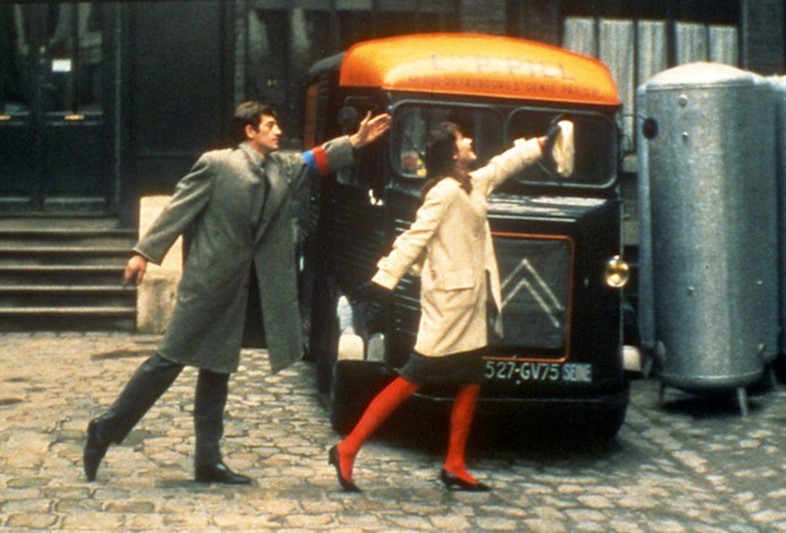
5. Make mischief
Angéla is extremely witty and constantly craves entertainment, and her playfulness beguiles from the outset. In one memorable scene she plays her two lovers off against each other saying she will leave the house with “with whoever does the most extraordinary thing”. Émile immediately sets about imitating a cockerel, revealing an egg hidden inside his pocket, while Alfred engages in a boxing match with a standing lamp. But Angéla is unimpressed, declaring, “It’s nothing but bad theatre”, and leaving the house alone. Humour is her way of alleviating her troubles, no matter how sad she feels, and we could all do with taking a page out of her book. After all, as Roald Dahl once wrote, “Life is more fun if you play games.”
